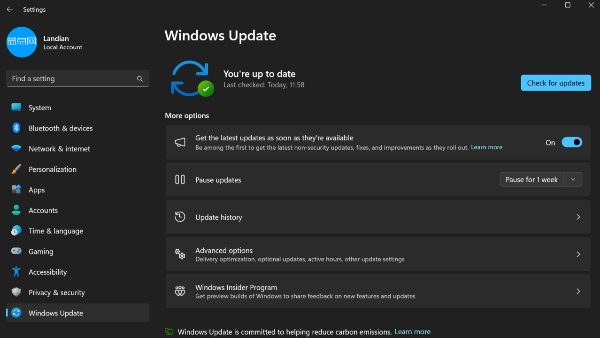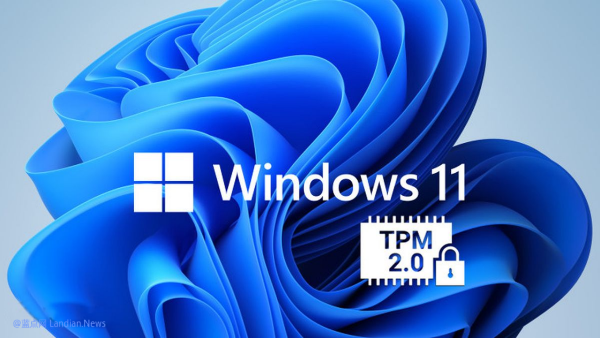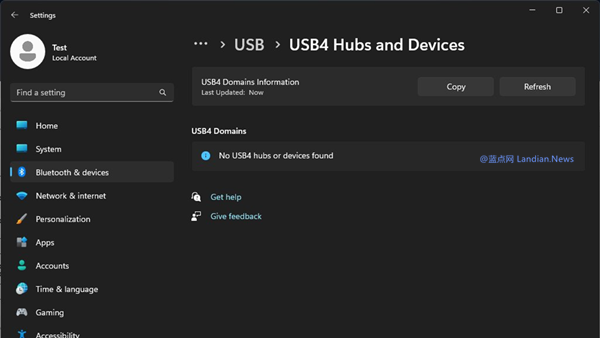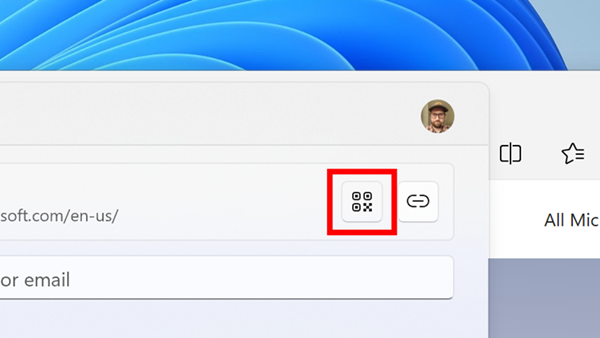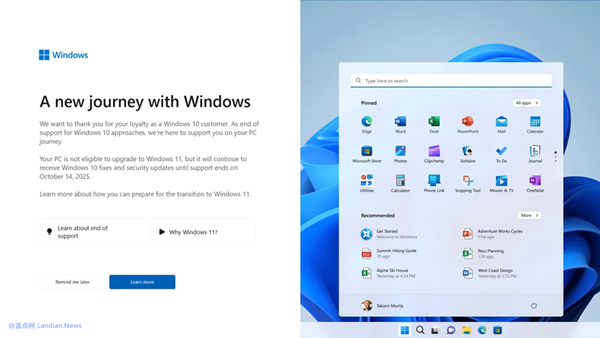Windows TCP/IP Vulnerability Draws Industry Attention: Remote Code Execution Possible with Specially Crafted IPv6 Packets
In this week's Windows security update, Microsoft addressed the CVE-2024-38063 vulnerability. Although specific details of the vulnerability have not been disclosed yet, Microsoft's Security Response Center has marked it as potentially exploitable.
The vulnerability resides in the network stack, allowing attackers to remotely execute code on a target device by sending specially crafted IPv6 packets, without any interaction from the user.
This means that the ease with which a hacker can initiate an attack is alarmingly high. Successful exploitation could lead to widespread attacks, although there's no evidence yet that the vulnerability has been exploited.
CVE-2024-38063 has been rated 9.8/10 on the CVSS scale, indicating a critical severity level. It affects all supported versions of Windows Server 2008 SP2 to Windows Server 2022, as well as Windows 10/11.
Landian.news suspects that Windows XP, Windows Vista, Windows 7, and Windows 8.x series are also affected by the vulnerability, but these versions are no longer supported and thus cannot receive security updates.
For systems that cannot receive security updates or cannot update immediately, mitigating the vulnerability is relatively simple: disable IPv6. Since the vulnerability can only be exploited over IPv6, shutting it down prevents attacks.
Here’s how to disable IPv6 in your system:
- Go to the Control Panel, Network and Sharing Center.
- Find the network adapter in use and go to Properties.
- In the properties, uncheck Internet Protocol Version TCP/IPv6.
IPv6 can also be disabled at the router level, ensuring that IPv6 packets cannot reach the targeted device. Blocking IPv6 connections through routers and firewalls is effective, but installing the latest Windows security updates is the best solution.
Finally, the vulnerability was discovered and reported to Microsoft by Wei, a researcher from the cybersecurity company Cyber Kunlun.

